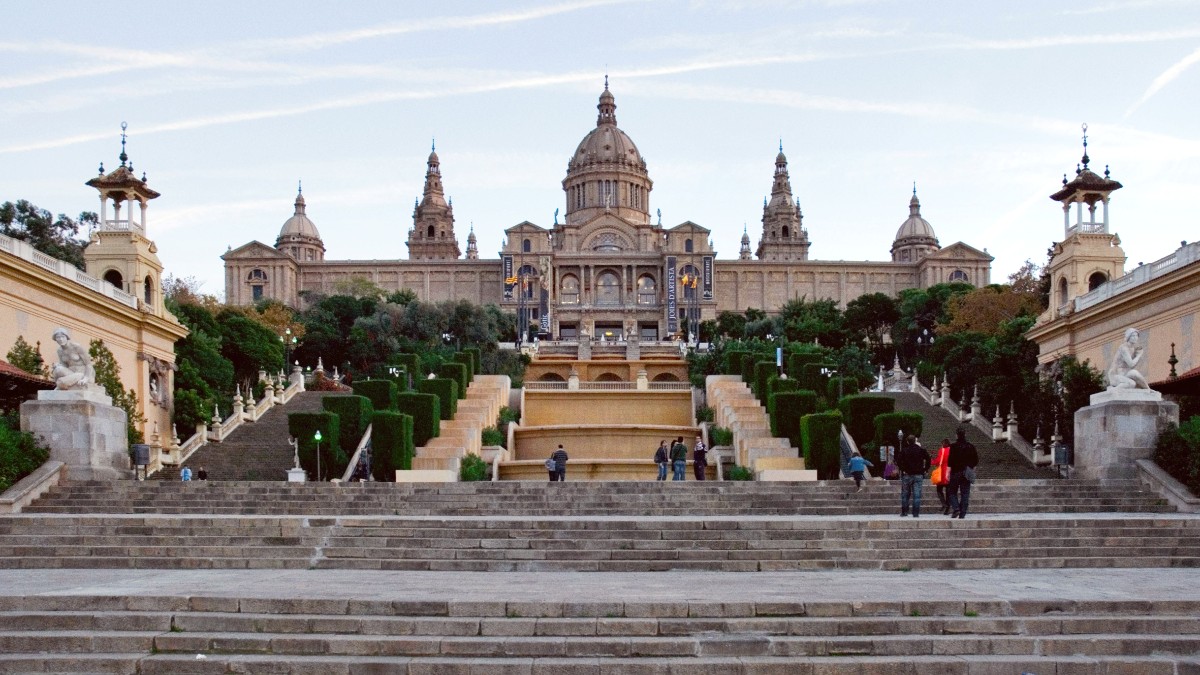
It holds unique ecosystems and marine lakes, including Jellyfish Lake. Its cultural importance lies in its traditional use by Palauans for fishing, gathering, and spiritual practices over millennia.
Access occurs via licensed tour operators. Tours typically run daily, starting in the morning and returning in the late afternoon. Permits are obtained from the Koror State Government office or through your tour operator. These sites are almost always visited as part of a guided boat tour.
Explore Palau's history and artistry through its museums.
Located in Koror, this museum houses a collection of Palauan artifacts, traditional tools, artwork, and historical photographs. It includes exhibits on Palauan traditional architecture, specifically the impressive bai (men's meeting houses).
Formal art galleries are limited. Some hotels or local shops display and sell local artwork and crafts, especially storyboards and woven goods.
Palau’s history comes alive through its preserved sites.
Large basalt stone pillars dating back over 2,000 years. Their origin and purpose remain debated, but they are believed to have been part of an ancient bai or religious site.
Numerous sites offer a somber yet educational experience related to the brutal battle of 1944.
Tanks, anti-aircraft guns, bunkers, and remnants of military equipment are scattered across Peleliu and parts of Babeldaob.
While modernized, some areas of Koror retain remnants of the Japanese administration era. Reconstructed traditional men's meeting houses (bai) showcase impressive Palauan traditional architecture and intricate carvings.
Beyond Ngardmau Falls, explore other smaller waterfalls or remote villages with a local guide. This provides a connection to Palauan rural life.
Palau’s natural beauty is its crowning glory.
Palau is renowned for its marine biodiversity, making its reefs the main wildlife viewing area.
Green spaces and educational facilities offer a glimpse into Palau's natural world.
Seek out these less-visited spots for unique experiences and photo opportunities.
Angaur or Kayangel offer traditional life and untouched nature.
Explore smaller waterfalls or remote villages with local guides.
Small plane tours for unparalleled aerial views; enjoy sunsets over Rock Islands from Koror.